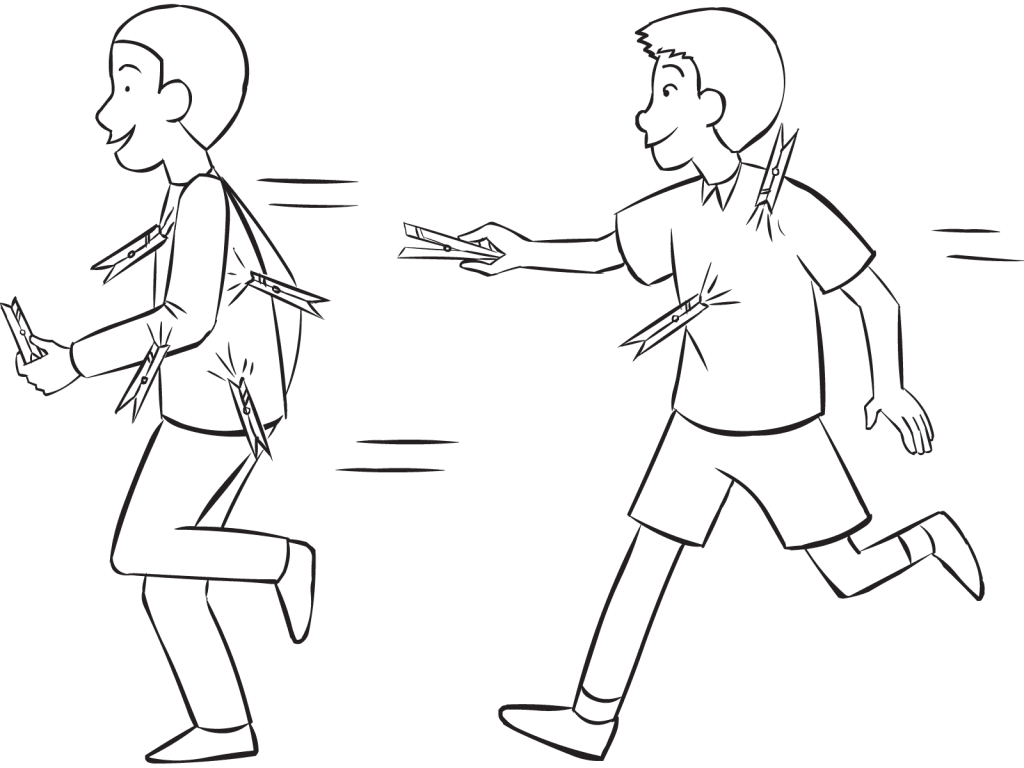Save to Playlist
Step-by-Step Instructions
Resources Premium
Video Tutorial Premium
How To Play Narrative Premium
Practical Leadership Tips Premium
Social-Emotional Learning Premium
Health & Wellness Programming Premium
Popular Variations Premium
You Might Also Like... Premium
Useful Framing Ideas Premium
Reflection Tips & Strategies Premium
Source Premium

No Props No Problem
Brand NEW book featuring 150+ outrageously fun group games & activities. Scan QR codes to connect to tons of digital content including video tutorials.
Add to Cart
NEW – No Props No Problem
The best-selling book featuring 150+ outrageously fun group games & activities. Scan QR codes to access exclusive digital content including video tutorials.

Free Ice-Breakers & Group Games
Ten of the best no-prop, interactive ‘get-to-know-you’ games & activities. 100% fun, your group will love ’em. Our most successful giveaway, 10,000+ downloads so far…
Top Ten Icebreakers & Group Games
Download our free 28-page ebook jam-packed with outrageously fun activity ideas.
Just one more question:
I am interested in…
Choose a plan that’s right for you
We offer a range of membership plans with no surprises.
Click an option below & discover our simple pricing.

Individual
Click here if you’re a:
- Teacher
- Corporate trainer
- Outdoor educator
- Camp leader
- Youth leader
- Conference organiser
- Therapist/counsellor
Membership Plans

Enterprise
Click here if you represent a:
- School
- Corporation
- Community-based Organisation
Explore plans for
10, 50, 200 or more
potential users
Membership Plans






Another tag game that quite enjoyable.
Heres a variant that doubles as a name game. Also works best as a second or third name game. Instead of clothes pegs, use 3 – 5 pieces of masking tape and write your own name on it. Much like the clothes pegs, the aim is to get rid of your masking tape whilst trying not to get any masking tape stuck to you.
At the end of the allocated time, everyone gets back in a circle and counts how many tags they have on them with the person with the least amount winning that round.
To reset the game, individuals try to return the pieces of tape back to their rightful owner, thus reinforcing the learning of names.
You might need to keep a marker and additional masking tape for quick name tag repairs as masking tape isn’t very durable during this game.
Love this (name-game) idea David, can’t wait to try it 🙂